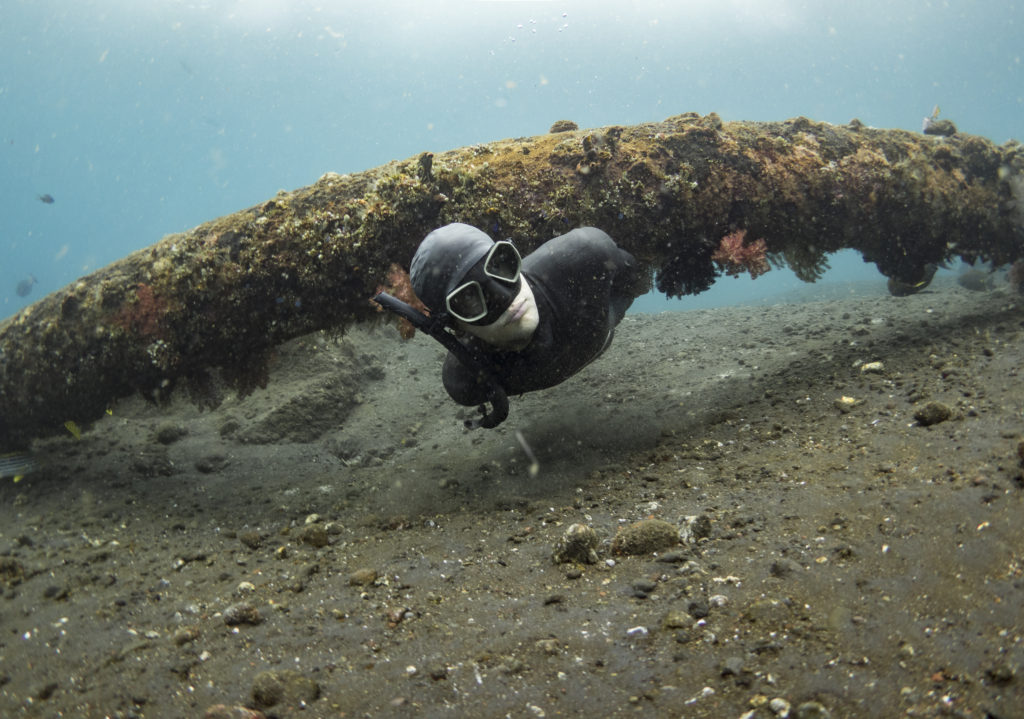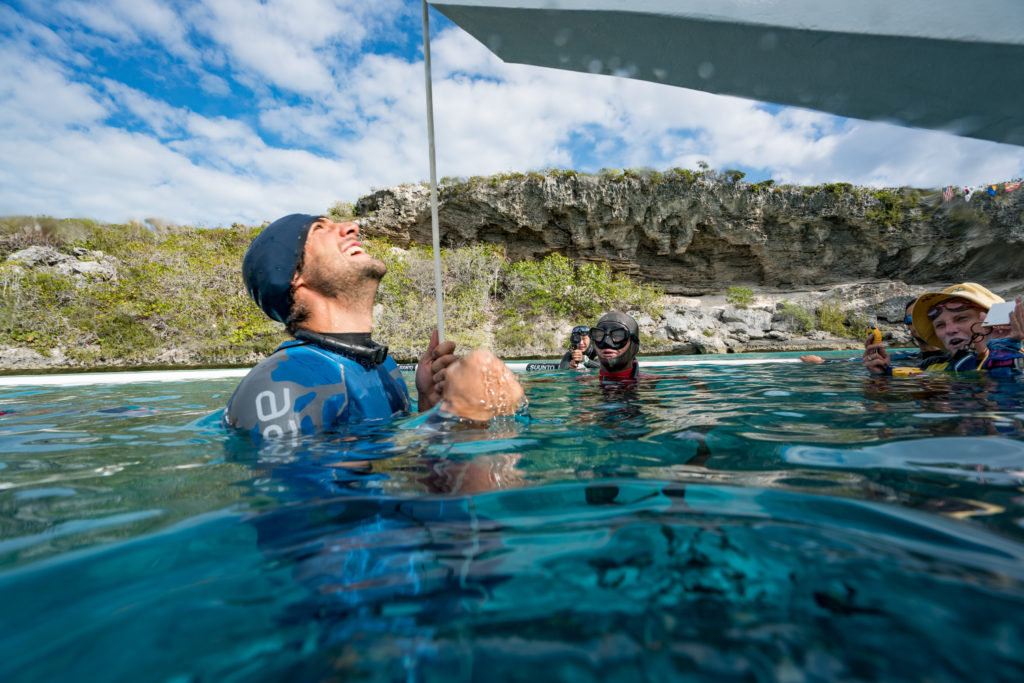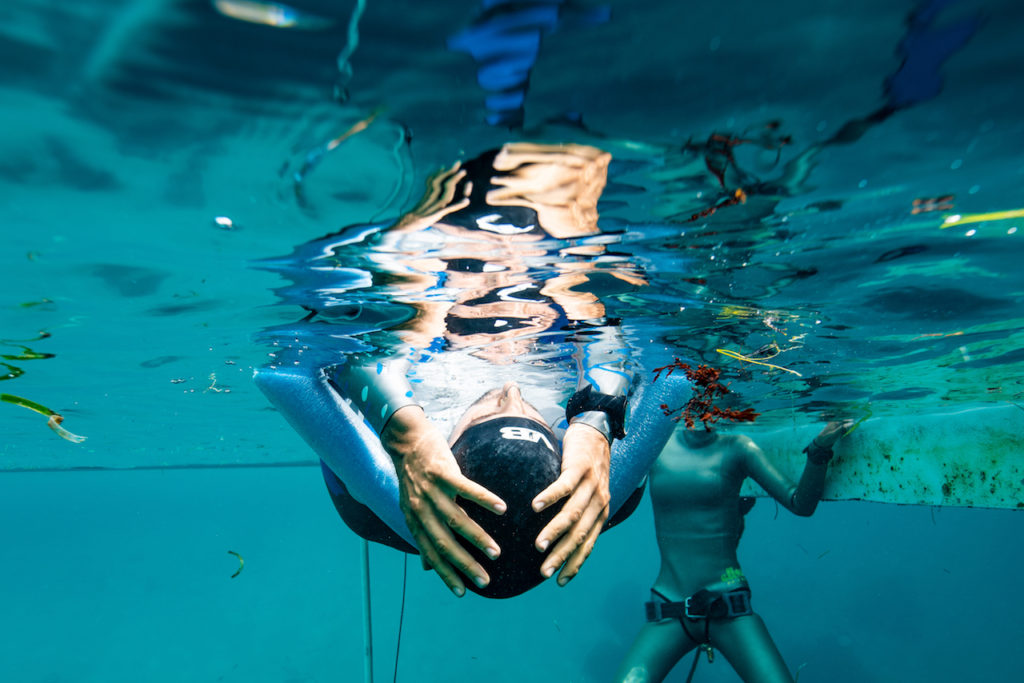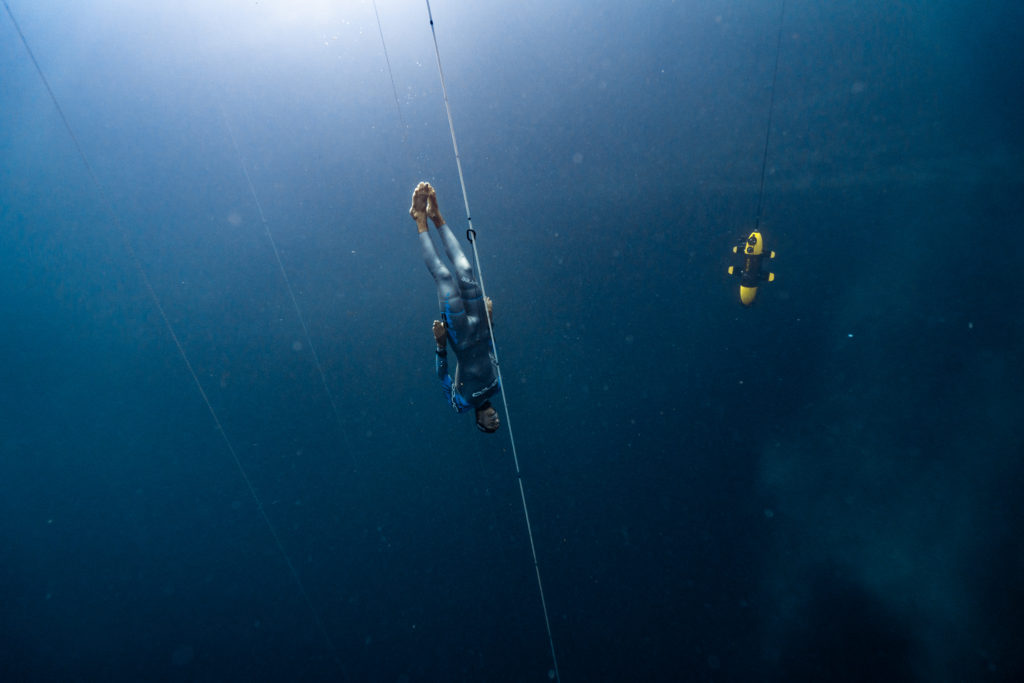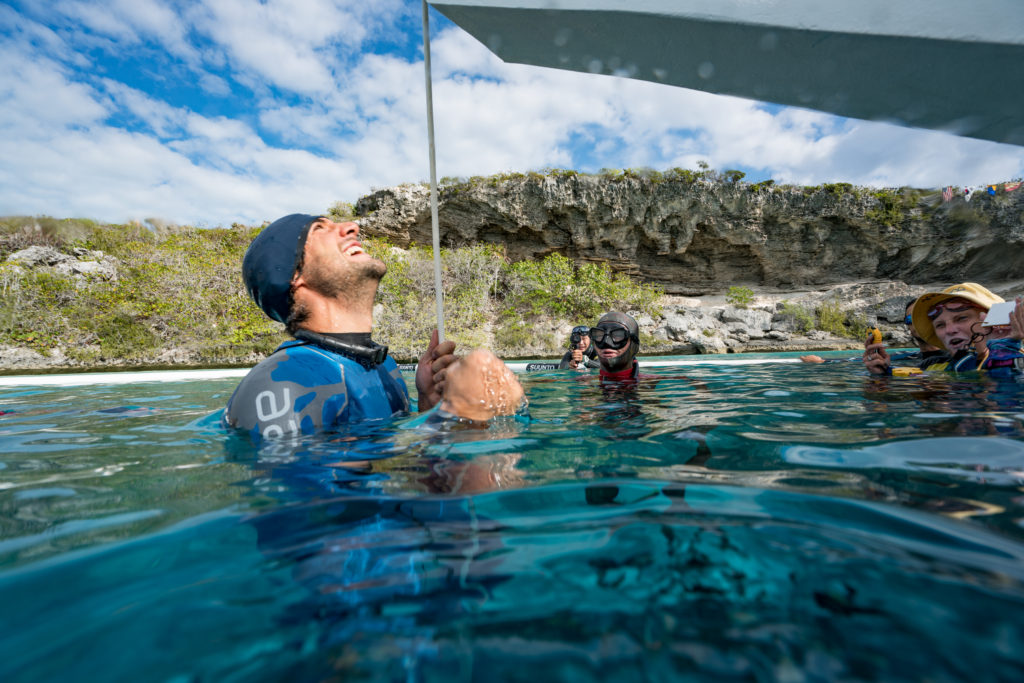There are pros and cons to training with a wetsuit. Wearing a wetsuit for your maximum performances is for sure going to give you a better dive, but does that mean we should train with one all of the time? Let’s look at the pros and cons of wearing a wetsuit.
Advantages of a Wetsuit
One of the main reasons we wear a wetsuit is to keep us warm during our sessions. This is hugely important for us freedivers because we’re staying quite static for longer periods of time while trying to relax, and so we’re more exposed to the warmth zapping nature of water compared to air. When you also add the effects of peripheral vasoconstriction, which when occurring does also keep us warm, but once the blood flows back into our extremities makes us feel a lot colder again, and so we need that extra warmth to deal with this.
The second most important advantage is better streamlining and glide, especially smooth skinned wetsuits. This smooth, even, slippery layer provides us with less water resistance and allows us to glide through the water more efficiently. This reduces both effort and dive time.
A wetsuit also gives us extra buoyancy which is quite handy in the pool as it allows us to use more weight. Using more weight during dynamic swims gives us a lot more momentum which reduces our stroke or kick count by quite a lot. Extra buoyancy can also help with maintaining correct posture and alignment, which is great for those with heavy legs that tend to sink.
There are indeed quite a lot of advantages to wearing a wetsuit, and if we are just looking from a perspective where we want to maximise performances, there’s really no option than to wear a wetsuit. But let’s discuss some disadvantages so that we can choose when we should wear a wetty.
Disadvantages of a Wetsuit
For all the benefits a wetsuit gives us, we simply don’t want to be training with one all of the time. The main issue is that we drastically decrease our water sensitivity, this in the long term will hinder our technique development because it’s so much harder to feel where we’re actually catching water, or put in a simpler way, what parts of our body are doing the most work in pulling us forward. For the same reason, we also hinder our sensitivity to the parts of our body that might be causing drag, making it harder for us to intuitively adjust our position to become more streamline.
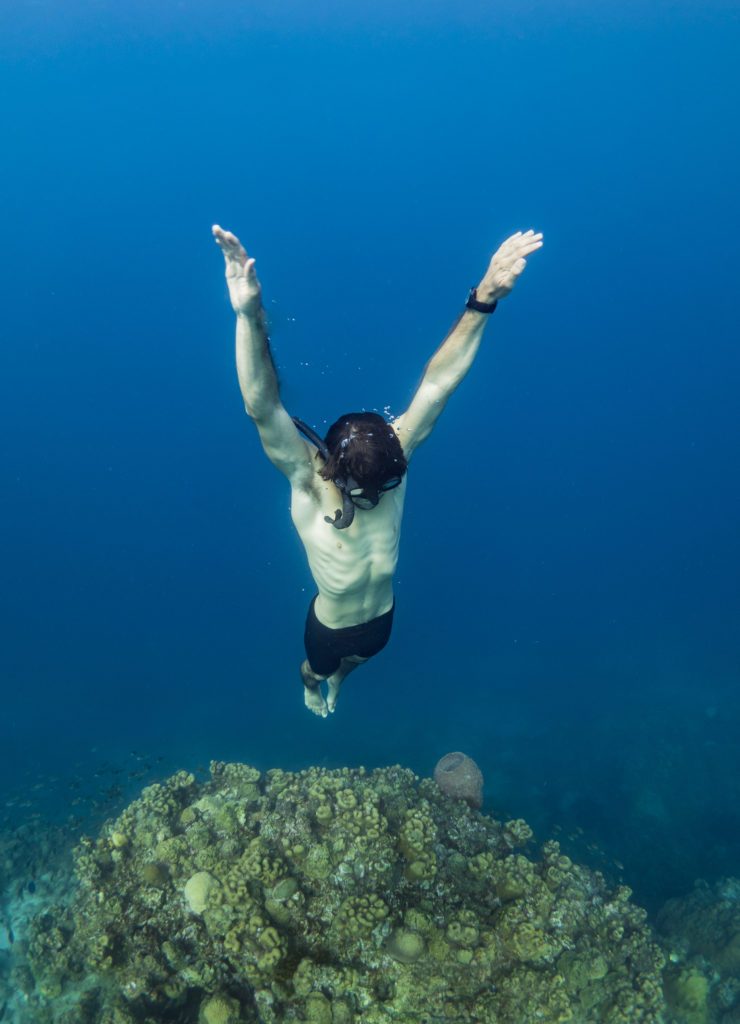
When using a wetsuit we also usually weight ourself to be neutrally buoyant below the surface, but this gives us zero consequence when performing bad technique. This means that even if we perform a terrible arm stroke or flutter kick, all of the negative or inefficient movements will be negated by the weight and wetsuit, and so we will only see the propulsion we create no matter how small, instead of the drag we might also be making.
Finally, wearing a wetsuit, depending on how thick it is, is going to make it harder to move, and so hindering our freedom of movement. Not so much of a performance issue when comparing all of the positive aspects of a wetsuit, but it’s an issue if we’re trying to develop foundational technique with being slightly restricted from the wetsuit. This is going to make our job a lot harder to find the correct movements.

If we combine the fact that we have very limited feedback from the water, along with zero consequence from performing bad technique while also being difficult to find the correct movements, we start to see why it’s not such a good idea to constantly be training with a wetsuit.
How to Maximise Progression
If we’re training in open water, we probably need to wear a wetsuit, unless you’re diving in Barracuda lake with a surface temp is 32 °C. And if you’re performing long swims for sub max or maximal performances, wearing a wetsuit is also a go. If you’re also conducting training where the goal is breath hold over technique and you need to stay comfortable, then staying warm is more important.
But if you’re looking to develop technique and want to see some faster progression, then take the wetsuit off. And also try to swim with as less weight as possible. It’s of course going to be harder, but that’s the whole point of training. Train hard, dive easy.
Leave a Reply